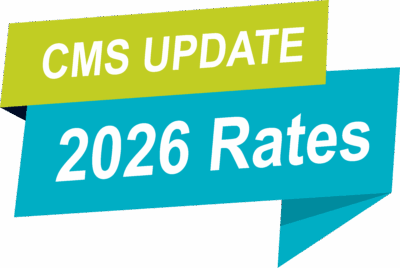Reimbursement Support for Neuraceq®
Neuraceq® is an FDA-approved radioactive diagnostic agent for the detection of amyloid plaques in the brain of adult patients with cognitive impairment who are being evaluated for Alzheimer’s disease and other causes of cognitive decline. Neuraceq® is used in clinical routine and is also a powerful diagnostic tool for the appropriate characterization of patients assessed for treatment eligibility with newly approved anti-amyloid drugs.

We Are Here to Support You
For questions related to coding, coverage, or payment using Neuraceq® for Amyloid PET imaging, contact our Reimbursement team.
*The ultimate coverage or reimbursement determination is up to the payer. LMI does not guarantee coverage or payer reimbursement for product treatment or administration. LMI cannot guarantee success in obtaining reimbursement, nor can it submit appeals on behalf of providers or patients.
Reimbursement Resources
Reimbursement Guide
Includes Neuraceq® billing codes and details about access and reimbursement support services
Prior Authorization Checklist
If Prior Authorization is required, see guidance on what is needed to submit a request
IDTF/Non-Hospital Sample Claim Form
View a sample claim form for a physician office and Independent Diagnostic Testing Facility (IDTF)
Hospital Outpatient Sample Claim Form
View guidance for a sample claim form for a Hospital Outpatient facility

Calendar Year 2026 – Medicare Hospital Outpatient Prospective Payment System and Ambulatory Surgical Center Payment System Proposed Rule (CMS 1834-P)
On July 15, 2025, The Centers for Medicare & Medicaid Services (CMS) proposed a change in the payment threshold for all diagnostic radiopharmaceuticals from $630 to $655 under Hospital Outpatient Prospective Payment Systems (OPPS).
Life Molecular Imaging strongly supports the use of Average Sales Price (ASP) to calculate reimbursement rates, and encourages you to submit a public comment in favor of ASP instead of MUC, as ASP is more reflective of the actual cost of the product and would benefit your site.
*When commenting, please refer to file code CMS‑1834‑P.
Centers for Medicare & Medicaid Services (CMS) retires the NCD, which eliminates CED and the 1 scan per lifetime patient limit
October 13, 2023
Centers for Medicare & Medicaid Services (CMS) retires the NCD, which eliminates CED and the 1 scan per lifetime patient limit

